Margaret Atwood’s leap of faith with Wayne McGregor
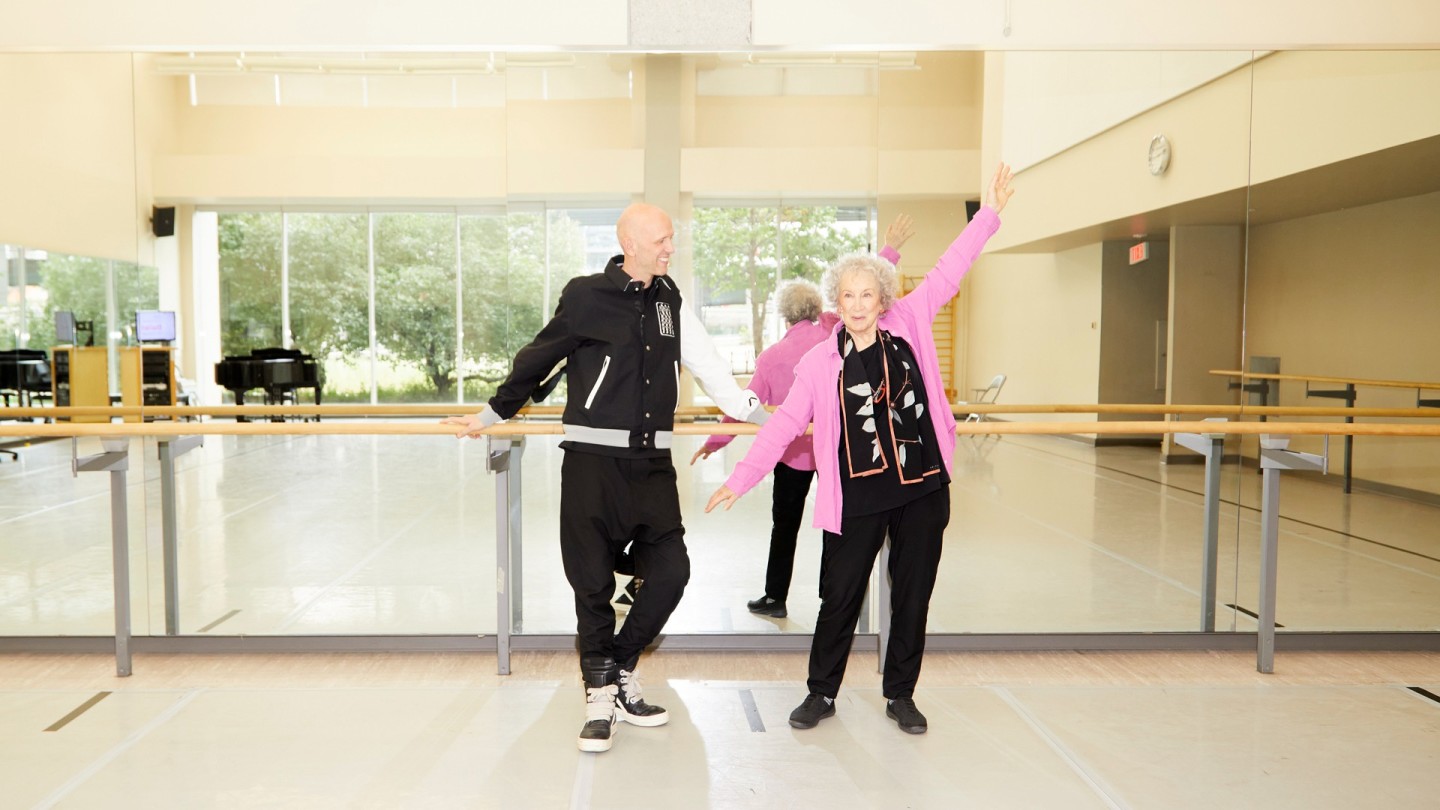
Roula Khalaf, Editor of the FT, selects her favourite stories in this weekly newsletter.
“We’ve been dancing.” Margaret Atwood arrives at a Toronto studio and collapses into a chair beside Wayne McGregor. The pair have returned from a photoshoot to promote the world premiere of MaddAddam, a new ballet performed by The National Ballet of Canada and inspired by Atwood’s trilogy of books, which opens this month at the city’s Four Seasons Centre for the Performing Arts.
Atwood, author of more than 60 books of fiction, poetry and critical essays, and whose novels include the 1985 classic The Handmaid’s Tale and its 2019 sequel The Testaments – joint winner of the Booker Prize – is no stranger to the art of plié. “I was a five-year-old ballet and tap dancer. I’d be standing in my little sailor’s outfit on a cheese box, made to look like a drum doing ‘Anchors Aweigh’,” she says in a Canadian drawl of what first ignited her life-long love of theatre and ballet. A budding young performer, she recalls: “It was the age of skit, so we did quite a few send-ups through high school, college and at summer camps. I recall a production of Hamlet in which Hamlet was called Omelette.”
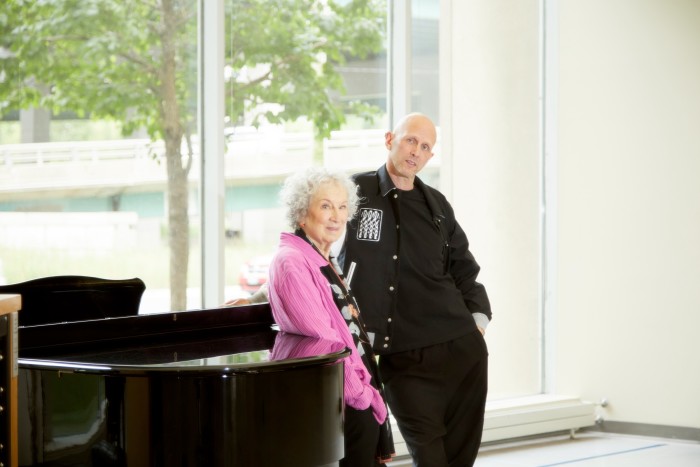
The author, who turns 83 in November, is in impish mood. But while she and McGregor (52) have the playful rapport of old friends, they had not met before the project began in 2016. “I’m a huge fan, which is how it all started,” says McGregor, who has choreographed a music video for Radiohead and films such as Harry Potter and the Goblet of Fire, and was appointed resident choreographer at The Royal Ballet in 2006, the first to have come from a contemporary background. This year he is celebrating a milestone, the 30th anniversary of his Company Wayne McGregor (formerly Random Dance).
“We were trying to think how we might be able to do these big, full-length ballets from sources that you wouldn’t think would make dance projects. I had made this amazing ballet inspired by the life and writings of Virginia Woolf and The Dante Project in London,” he says of his reimagining of The Divine Comedy for The Royal Ballet, “but Margaret’s novels have always sat with me in a most incredible way. The language is so vivid, the character relationship is so vivid, the worlds are so vivid. I find them really moving; they speak to me.”
McGregor’s enthusiasm for the books led to a conversation with Karen Kain, former artistic director of The National Ballet of Canada. “I asked her if she knew Margaret and through her wily ways she connected us,” he recalls. “The next thing I knew we were having breakfast.”
The MaddAddam trilogy
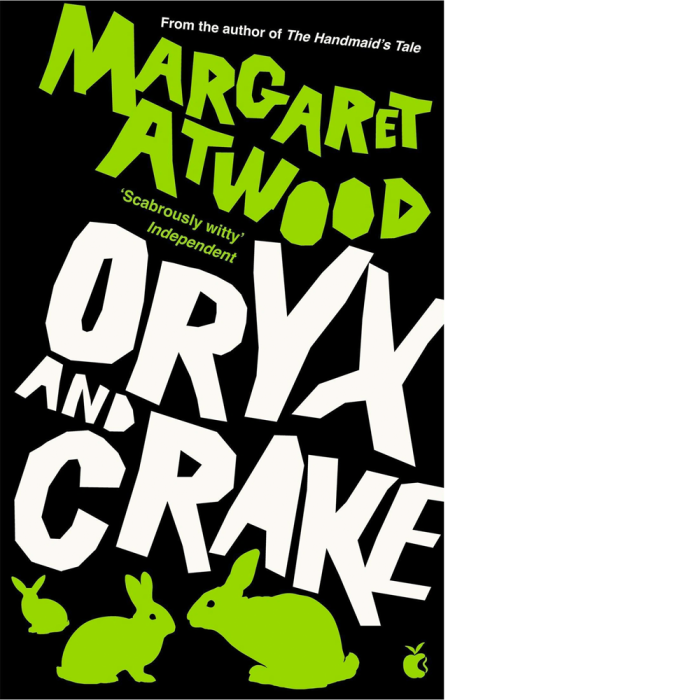
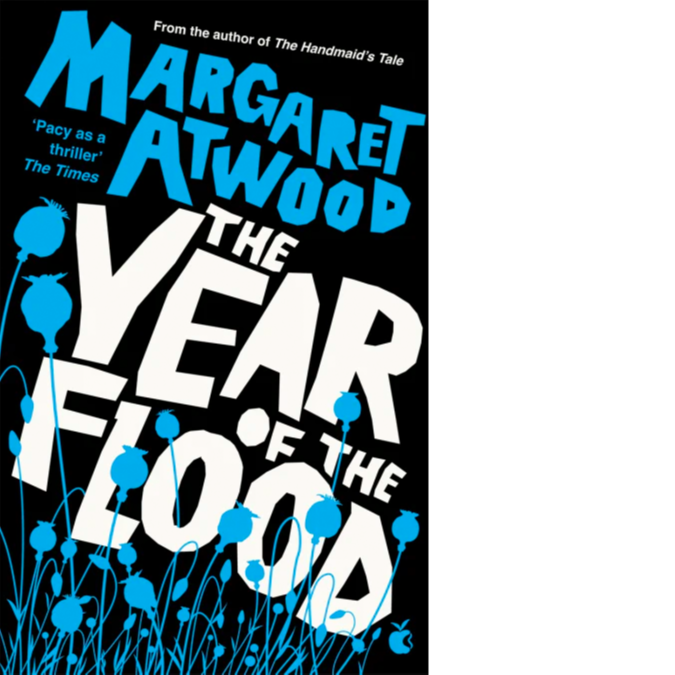
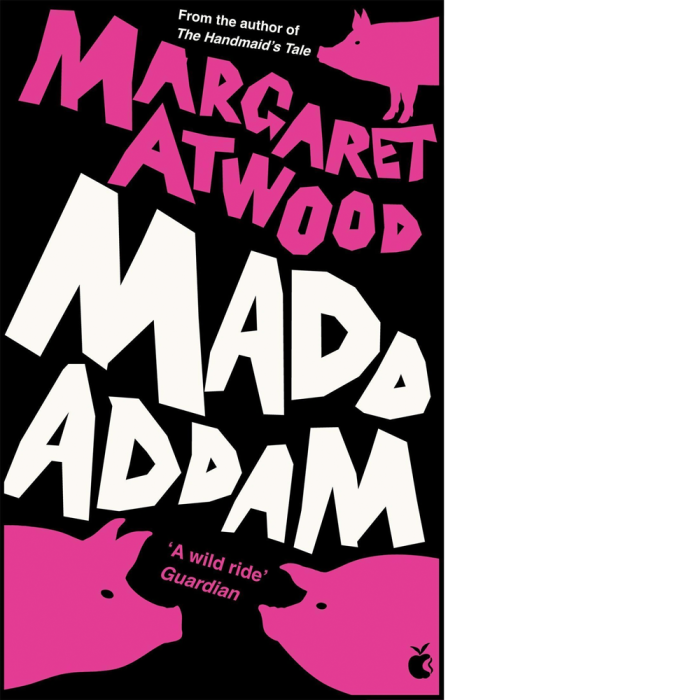
McGregor relishes a challenge. His avatar-led ABBA Voyage blockbuster with director Baillie Walsh is currently blowing the minds of audiences in the UK. But while that production represents a dizzying feat of virtual fantasy, MaddAddam, a triptych ballet, spanning three books (Oryx and Crake; The Year of the Flood; and the third title MaddAddam) in a storyline that jumps between dystopia and apocalypse in different timelines, could well be his most ambitious project to date.
Atwood’s trilogy introduces us to a world of unchecked corporate greed and scientific exploration. There, a mad scientist (“Mad? Maybe he’s just logical,” Atwood interjects) intent on eliminating the scourge of humankind unleashes a deadly virus in order to bequeath a new world to a gentle and innocent bioengineered, quasi-human species called the Crakers. The humans that survive become the Crakers’ protectors, but the new species become obsessed with their origins – a narrative that is shaped (and ultimately tainted) by flawed human memory and interpretation. As a piece it asks whether one can ever truly wipe the slate clean.
“I just want to know how you are going to get around the giant blue penises,” says Atwood with a huge grin: in the book, the Crakers’ genitals enlarge and turn blue during mating season. McGregor falls about laughing, but then quickly composes himself. “It’s not a literal interpretation but a leap of faith,” he explains of his translation of a dark odyssey into dance. “It’s about finding a dialogue with the work and its environment and then creating movement around the key themes.”
His words trigger a memory for Atwood. She jumps in, recalling the party, aged nine, where she first watched the 1948 film The Red Shoes. “There’s an amazing dream sequence in which a newspaper comes to life. I remember being quite scared by that – it’s a brilliant sequence, so impressionistic, a little like Singin’ in the Rain; it’s straight emotion,” she says.
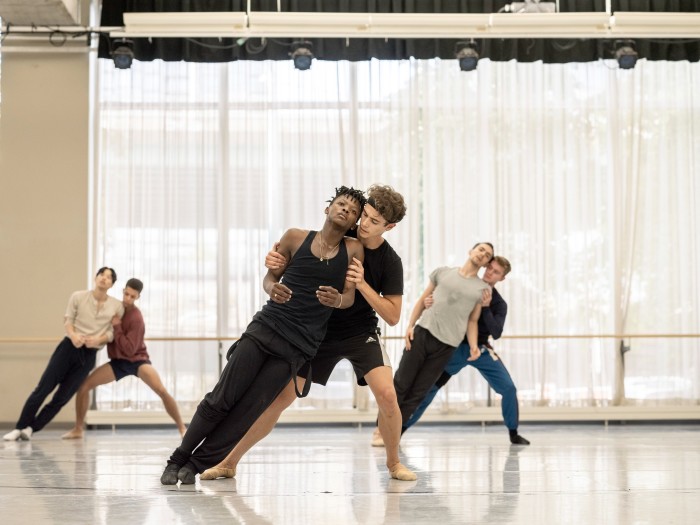
McGregor agrees: “That’s what dance does brilliantly. It opens up a whole range of somatics, a kind of sensory relationship with character or ideas. It’s funny because when we first started thinking about how the novels could become a ballet, the stories were presented as imaginings of what could happen. Then came Covid and there was a sense of speculative fiction moving into the territory of a documentary.”
Atwood’s work does seem remarkably prescient. In particular, The Handmaid’s Tale has become an unnerving allegory for the post-Roe vs Wade world. “It wasn’t me, but it was predictable,” she says matter-of-factly in reply.
Having found “a really beautiful visual language for the three novels”, McGregor is eager to share the plaudits for the staging of MaddAddam; his backstage collaborators include the London-based architectural practice We Not I, English lighting designer Lucy Carter, filmmaker and photographer Ravi Deepres and British director and writer Uzma Hameed. “Gareth Pugh, one of the world’s greatest fashion designers, has also made these incredible costumes and the composer Max Richter has written a new score for the piece.” Atwood injecterjects cheekily. “You mean you’re not doing it to Swan Lake?”
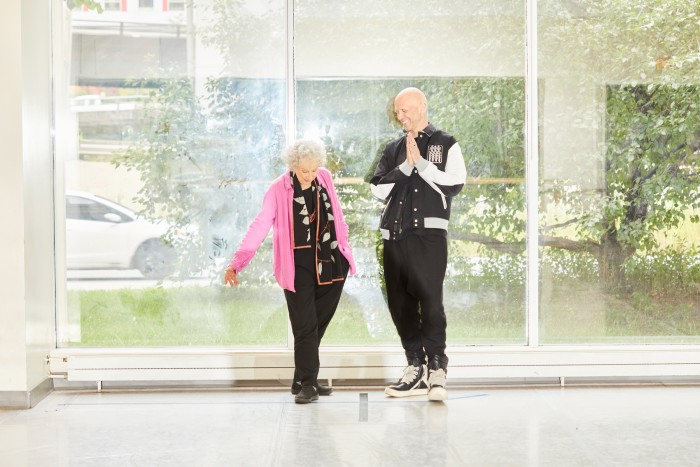
Atwood’s interest is piqued as McGregor describes the avatars he worked with and they begin talking excitedly about physical intelligence and how many of us have disconnected with our bodies in the modern world. McGregor is currently writing a book on the subject; Atwood shares his fascination. “In the early part of the 20th century most people lived in rural locations and many on farms, which is my background – my dad worked with his hands and with tools. If something was broken you fixed it; you had to know how to fix it,” Atwood says. Her father Carl was a forest entomologist whose research took him to the forests of northern Quebec, which is where the writer spent much of her childhood. The family would return to the cities – Ottawa (in the early ’40s), Sault Ste Marie (1944-45) and Toronto (1946-47) – during the harsh winters. “Kids now grow up knowing how to code but not how to chop wood,” she says. “There’s going to be a problem if the electricity goes off.”
Atwood’s background also played a part in McGregor’s decision to do this as a co-production between The Royal Ballet of Covent Garden and The National Ballet of Canada. “It felt important that it start in Toronto,” says McGregor. “Not least because Margaret was here, but also because the Canadianness of it screams through the novels – it’s that sense of wilderness and city, which you can see in relation to geography. The cast is quite big – as we have so many shows, we double and triple cast lots of the parts, so there’ll be more than 60 dancers involved in the production. Then there’s the orchestra, electronics and the big sets. It’s a huge endeavour.”
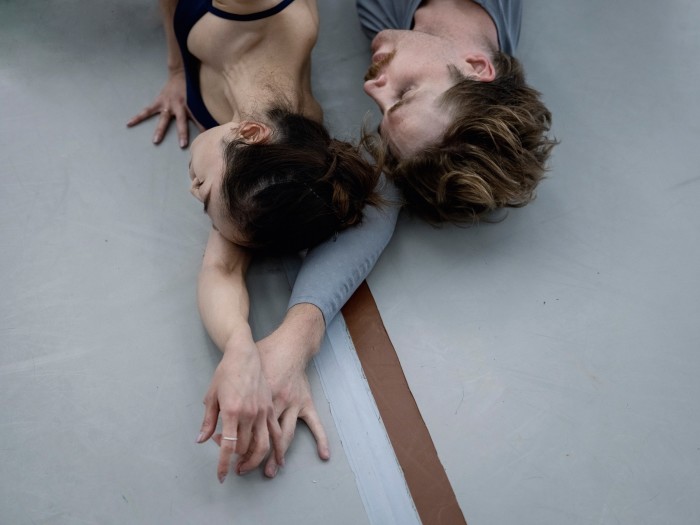
I ask Atwood, an outlier to many, how she feels about the interpretation of her work by others: in addition to its wildly popular television adaptation, The Handmaid’s Tale has also been transformed into an opera by the Danish composer Poul Ruders. “I’ve seen that a lot over the course of my very, very, very long life,” she says. “When I was approached to do the opera, I thought the guy was insane. But I said to myself he’ll either make a good opera and it’s a great success or he’ll make a bad one and it will dip. So I told him, ‘Be my guest, be my sound box.’”
And what does she think of McGregor’s ideas for the show so far? “I’ve not seen any costumes or sketches, and I haven’t heard any concepts – and I don’t want to,” she says. “I want to be surprised. I want to see the full thing just as any audience member would see it.”
How does McGregor feel about the faith placed in him? “It’s both terrifying and liberating,” he says. “But to see Margaret say, ‘That’s really cool,’ on opening night having seen it for the first time – that would be something. That is what we are shooting for.”
MaddAddam is at the Four Seasons Centre for the Performing Arts, Toronto, Canada, 23 to 30 November, national.ballet.ca
Comments